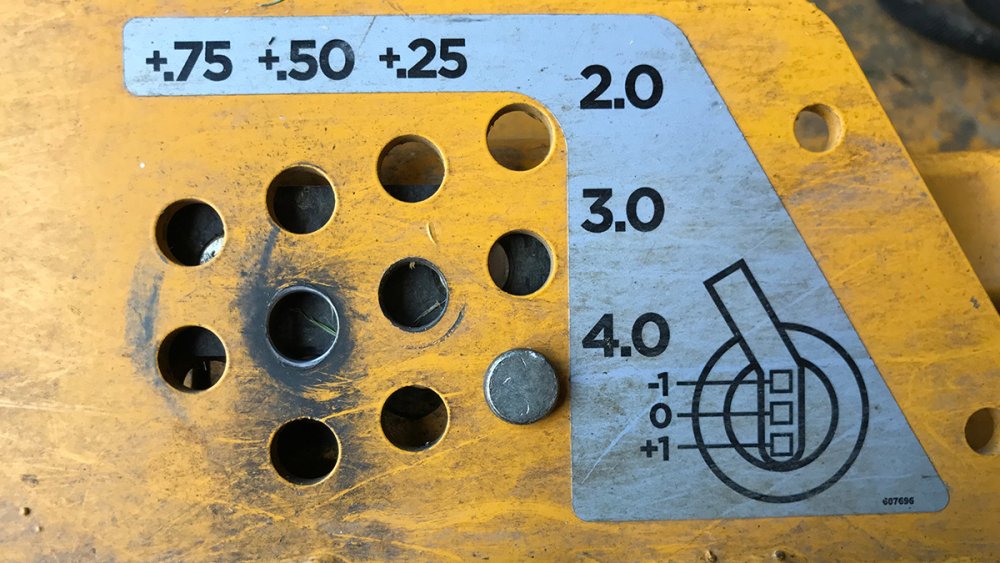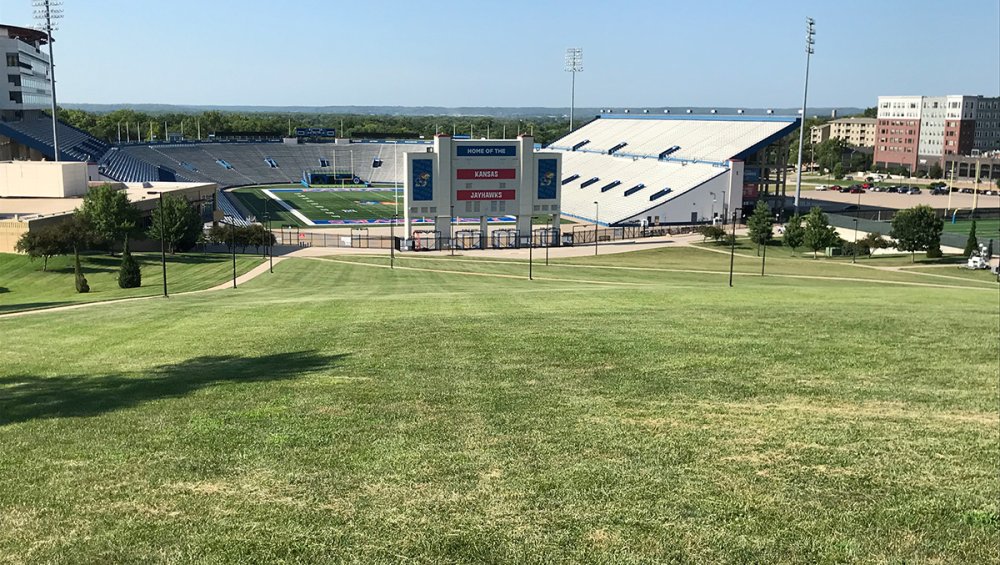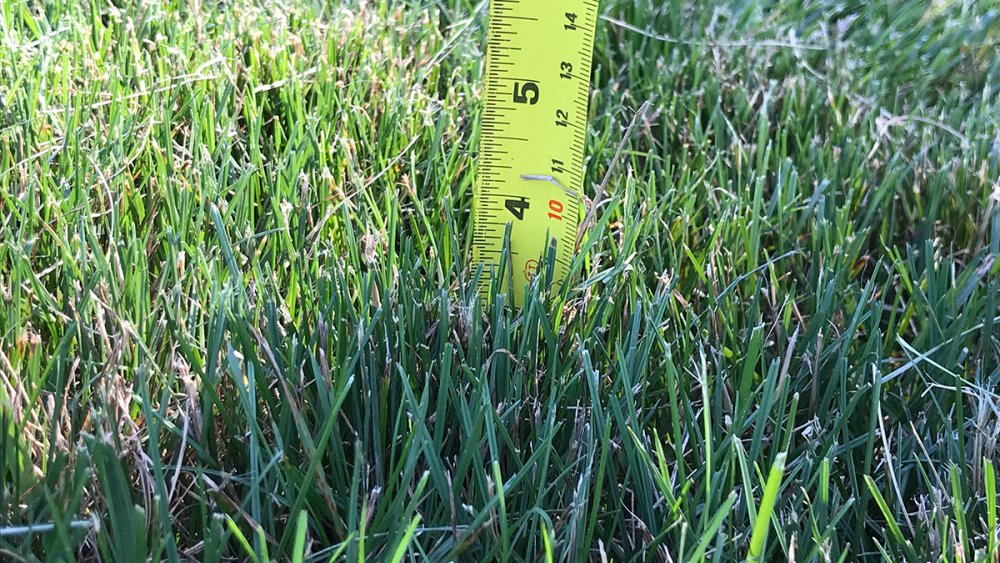Raising Mowing Height Makes Sustainability Sense
Grounds management in any organization is a complex undertaking requiring the performance of myriad tasks necessary to fulfill the desired strategic objectives. For many, if not most of our grounds crews, sustainability is one of those strategic objectives. While sustainability is a moving target based on one’s definition, sustainability for me means decreasing resource consumption while increasing resource service. Too often pursuing sustainability is a complex undertaking resulting in difficult to implement operational changes, or misguided utilization of scarce resources, both resulting in poor return on investment. Fortunately, there are ways to manage sustainability that are easy to achieve and cost effective.
...sustainability for me means decreasing resource consumption while increasing resource service.
Simpler is Sustainable
I once participated in a project that most would consider a sustainability one. This project sought to improve the slow/spread/soak performance of a detention pond adjacent to a medium size (300 space) parking lot. The job reworked the rip-rap flow path through the pond, installed several concrete catch basins, and utilized outflow baffling to increase holding time of run-off water. It was successful at mitigating run-off but was a pricey and complex job. I believe to make sustainability widespread; projects should be easy to conceive, adopt and implement. Sustainable efforts must also have clear objectives, low-price threshold, and readily understandable return on investment from both a financial and organizational standpoint. Devising efforts incorporating these factors will pay dividends and build further sustainability momentum.
Increase Mower Height
Adjusting mowing heights is a common occurrence in grounds/turf management. We alter turf heights to improve turf health, appearance, and playability. In my experience we have rarely raised turf height to expressly promote sustainability nor have we highlighted the sustainable benefits that come from increased mowing height. Here at KU we recently raised our decks from 3.5” to 4” for most of our campus (nearly all our turf is general utility turf). We did this to help us manage a drouthy/hot period, but also for the increased cultural/environmental benefits. In one area (157K sq. ft.) adding .5” height results in approximately 24 cu. yds. of leaf mass. My calculations are as follows:
157,000 sq. ft. x .0416 (equivalent to .5” or 1/24 foot) = 6542 cu. ft. total potential volume
6542 cu. ft. x .1 (10% total density of grass blade tissue in a sq. ft.) = 654 cu. ft.
654 / 27 (cu. ft. per cu. yd.) = 24 cu. yds. real grass tissue
Of course, raising mowing height adds significant foliar mass to the turfgrass stand. The increased height adds the cultural benefits of increased photosynthesis, shading/cooling of the turf environment, potentially deeper root penetration, improved resiliency, and some decrease in mowing frequency. Increased mow height also provides environmental benefit. Turfgrass inherently reduces water runoff, prevents erosion, replenishes air, cools the environment, supports bioremediation of pollutants, and sequesters carbon. By increasing height, we are achieving the increase resource service half of the sustainability equation.
Decreased Resource Consumption
The other half of the sustainability equation is decreasing resource consumption. A grounds operation in a transition zone may average 36 mowings per year. This quantity of mowing will likely be a large consumer of the team’s resources, if not the largest. These resources include fuel, direct equipment expenses (purchase and upkeep), manpower and alternative task opportunity-cost. While we must consider the cultural benefits of mowing (turf health, appearance, playability, etc.) we must remember there are negative outputs (emissions, wear and tear on team/equipment, etc.). Raising the mowing height will eliminate several mowings annually. This occurs because the rule-of-thirds applies less frequently at taller heights and tolerance of taller grass as people adjust expectations. Even eliminating 1 or 2 mow circuits a year can decrease resource consumption thereby achieving the other half of the sustainability equation.
Many Small Steps Achieve Big Results
Sustainability continues to be a hot topic in our industry. Unfortunately, it seems it is sometimes viewed as a tool to be taken down from the shelf when needed, then hung up until next time. Sustainability must be an imperative that pervades every component of our work. We must pursue it directly by increasing plant diversities and decreasing water consumption, but also by constantly evaluating all our work through a lens of sustainability and innovation. Looking for many smaller sustainability options is easier than looking for only big projects. Consider that U.S. households comprise millions of acres of turf and total turf in the U.S. is even more. Imagine if all this turf was mowed even a bit taller (where possible… some turf must be mowed at prescribed heights for playability and safety)? The resulting leaf mass would be huge, and all the sustainability benefits resulting would be huge also. So as a small step with a big sustainability result, raise your decks and mow a little less often. #SlowTheMow
-
 1
1





0 Comments
Recommended Comments
There are no comments to display.